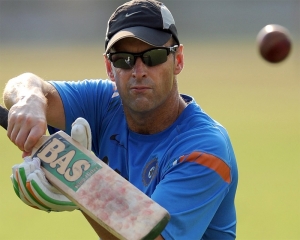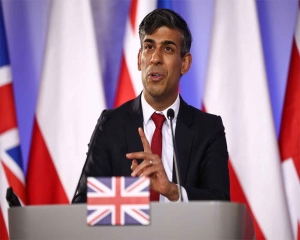Collaboration between the public and private sectors is crucial to create widespread national awareness about thalassemia
Thalassemia, characterised by an inherited blood irregularity resulting in insufficient haemoglobin production, impacts the functionality of red blood cells. Once unrecognised and daunting in India, thalassemia now faces resilience and has been acknowledged as a benchmark disability under the Rights of Persons with Disabilities (RPWD) Act of 2016. With advancements in medical research, increased awareness campaigns, and collaborative efforts between government bodies, healthcare professionals, and philanthropic organisations, India stands at the forefront of combating thalassemia.
Government Initiatives
The Government of India has actively addressed this issue through various initiatives. One key programme is the Thalassemia Bal Sewa Yojana (TBSY), launched in 2017 and recently extended into its third phase in May 2023. This Public-Private Partnership (PPP) initiative provides financial assistance to thalassemia patients eligible for bone marrow transplant treatment. Recognising the critical need for safe blood management, the National Blood Transfusion Council (NBTC) has established guidelines ensuring free blood access for thalassemia patients across all states and territories. Furthermore, the government prioritises preventing Transfusion-Transmitted Infections (TTIs) by promoting voluntary blood donation and implementing world-class blood screening methods like Nucleic Acid Testing (NAT).
India, known as the thalassemia capital of the world, harbours over 1.5 lakh people living with thalassemia major (i.e., blood transfusion-dependent) and diagnoses approximately 10,000 new cases annually, despite its preventable nature. Living with thalassemia, a genetic blood disorder, is a constant struggle, especially when ensuring a sufficient and readily available blood supply is a continuous challenge. However, the Government of India has been working to address this issue and continues to do so. In 2020, the Ministry of Health and Family Welfare inaugurated a Thalassemia Screening and Counseling Center at the Indian Red Cross Society’s National Headquarters (IRCS NHQ) Blood Bank to educate the public on the prevention of this disease. Additionally, there are currently 10 transplant centres in India. In 2023, Vinod K. Paul from NITI Aayog announced that the model used to screen people in tribal belts for sickle-cell disease would be applied to thalassemia screening as well, urging the Union Government for a national mission to tackle thalassemia.
The National Commission for Protection of Child Rights (NCPCR)’s decision to provide blood transfusion therapy to thalassemia patients free of charge is a welcome move that will significantly ease the patients’ lives. On the research front, the ICMR National Institute of Immunohematology (NIIH) and the National Institute of Research in Tribal Health (NIRTH) are researching haemoglobin disorders such as thalassemia, engaging in field investigations, and enhancing diagnostic techniques.
Furthermore, Dr Bharati Pravin Pawar, Union Minister of State for Health and Family Welfare, launched the third phase of the Thalassemia Bal Sewa Yojana (TBSY) to commemorate World Thalassemia Day. The minister emphasised the importance of increasing awareness, screening, and treatment facilities for blood disorders like thalassemia and sickle-cell anaemia. The launch also included the unveiling of the Thalassemia Bal Sewa Yojana Portal and the release of Standard Treatment Guidelines for Sickle Cell Disease. Thalassemia can be prevented through early detection and intervention. Recognising this potential, the government has prioritised raising awareness and implementing screening programmes to reduce the national burden of the disease.
Lack of Public Awareness
A significant barrier to bridging the blood supply gap in India is the lack of public awareness about voluntary blood donation.
Additionally, a lack of clear understanding about the donation process and accessible locations creates further barriers to participation. This, coupled with the continued practice of replacement donation in many hospitals and blood banks, despite government regulations, hinders the creation of a sufficient and diverse blood bank inventory, especially for emergencies.
Way Forward
Effective thalassemia management requires stricter enforcement of standardised blood screening guidelines. Collaboration between patient advocacy groups and healthcare providers can address concerns about blood safety, transmission risks, and social stigma through accurate information dissemination. Implementing advanced screening methods is crucial, but robust implementation is also key.
Upgrading healthcare infrastructure, training healthcare workers, and investing in new technologies are essential for significant progress. Collaboration between patient advocacy groups like the Thalassemia Patients Advocacy Group (TPAG) and healthcare providers can address concerns about blood safety, transmission risks, and social stigma.
(The writer is a member of Parliament, views are personal)

























